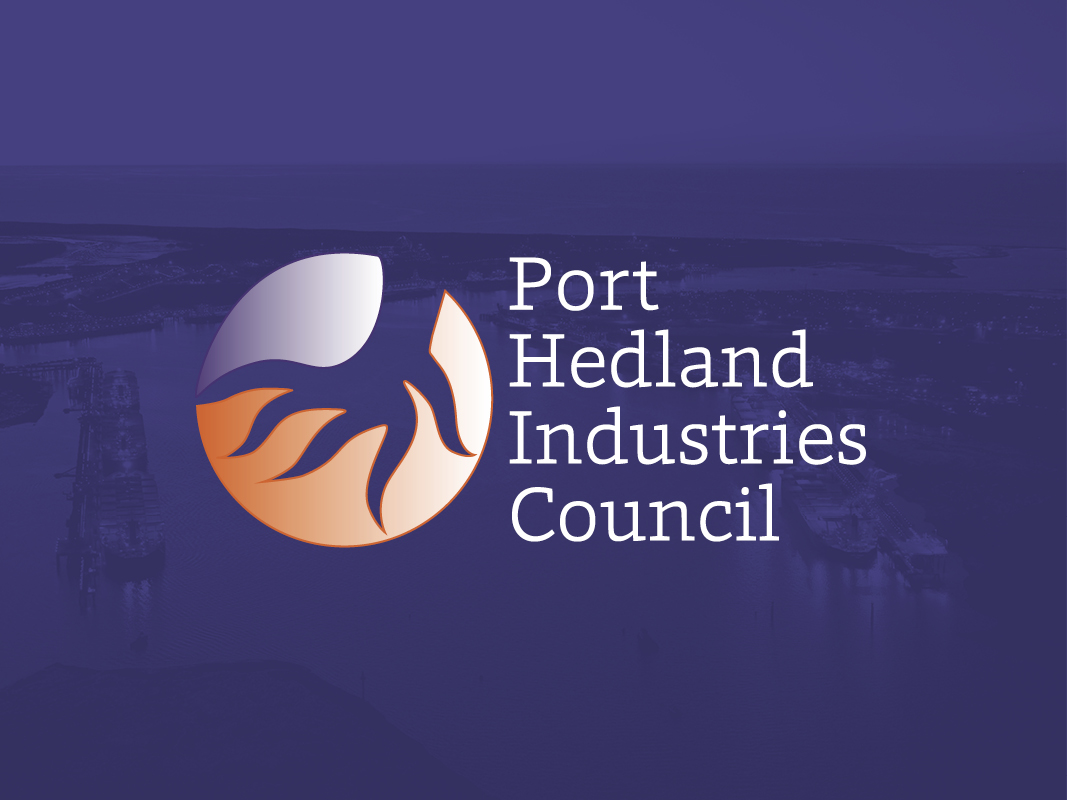The Pilbara was the single largest source of carbon emissions in Australia and should be top of the agenda in the decarbonisation of Australia, says Energy Minister Bill Johnston.
Addressing the WA Energy Club in April, he said the carbon emission benefit of decarbonising the Pilbara exceeded the benefits of decarbonising Newcastle and Gladstone combined.
Reforms to the North West Interconnected System was central to the decarbonisation agenda, he said.
“If we are going to meet the decarbonisation agenda for the Pilbara we are going to have to have a better outcome for the NWIS.
“We have a couple of carrots and a couple of sticks. We don’t want to use the sticks, but we do offer some carrots.
“We are engaged with all the existing players and the globally significant new players in the Pilbara to try and see what we can get.
“We have been working with them over the past eight or nine months and we are getting close to a decision.
“We hope we can get the support of the private investors in the NWIS to be able to create an important new integrated network to support the decarbonisation agenda.
“Some projects will be done on a standalone basis, but in terms of the Northwest it’s important that we do think about an integrative solution and we’re going through the steps that we think we need to do, in conjunction with the existing infrastructure owners and potential infrastructure investors, to get everything right.”
The NWIS comprises several interconnected electricity networks with different owners. The three largest participants are Horizon Power, Alinta Energy and Rio Tinto.
Large mining companies including Roy Hill, BHP and Fortescue Metals Group also own major energy infrastructure in the NWIS and the broader Pilbara region to service their individual operations.
In relation to critical minerals, Mr Johnston said the State has had a critical minerals and battery strategy since 2019 that had been adapted over time.
“We have the ingredients for the cake, but we don’t know the recipe and we don’t own an oven,” he said.
“We want people who know how to build an oven and who know the recipe to come and do it here.
“We have been successful. We have three lithium hydroxide plants, two in operation and one under construction which will give us 20 per cent of global lithium chemical supply.
“(We have) BHP with their nickel sulphate plant in Kwinana, Pure Battery Technologies plan for a precursor plant in Coolgardie, IGO and Wyloo with land for precursor chemical plant in Kwinana.
“That will give us a globally significant footprint in the chemical industry midstream of batteries, and that’s our sweet spot. We are not against going further but until we do the midstream it’s not possible to go further.”


